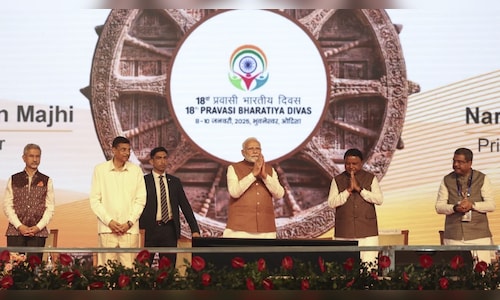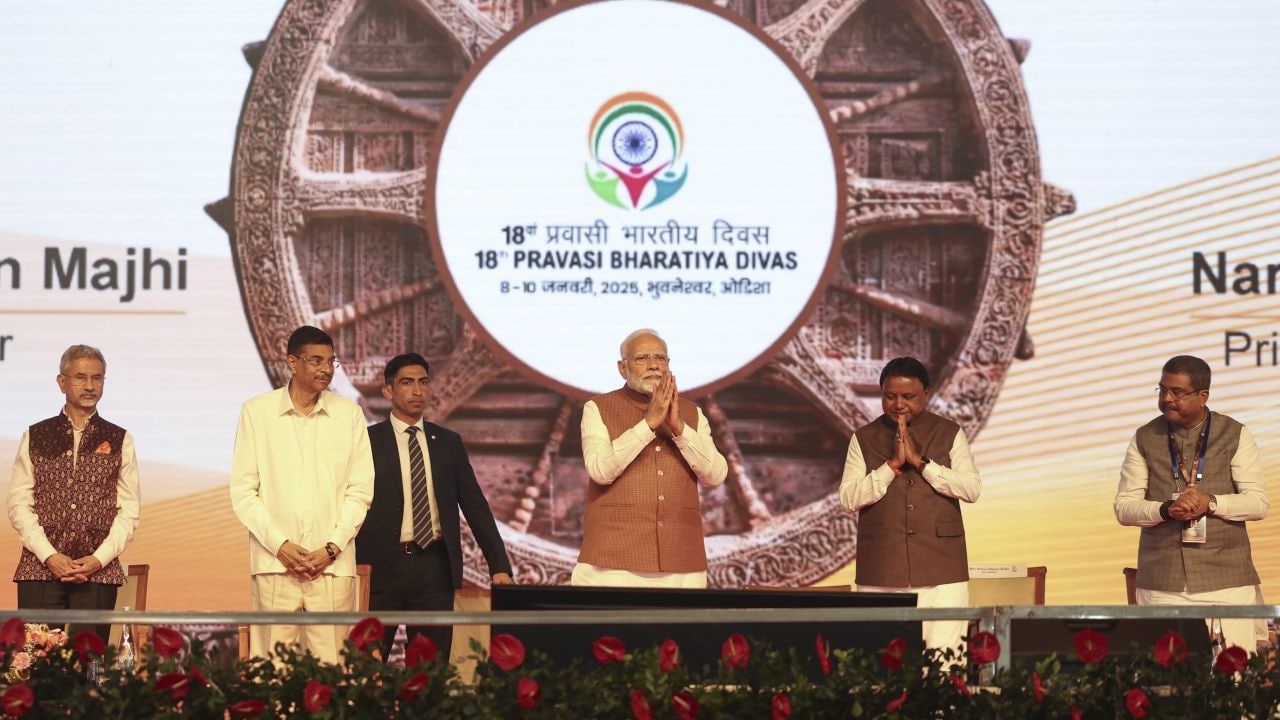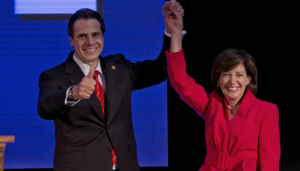

As part of the celebrations, PM Modi virtually inaugurated the Pravasi Bharatiya Express, a special tourist train for the diaspora. Departing from Delhi, the train will embark on a three-week journey to prominent tourist and religious destinations across India.
With approximately 36 million Indians living overseas as of May 2024—the largest diaspora globally—India holds significant potential to leverage this demographic. The key question is: how can India capitalise on the current global order, particularly the China+1 strategy, to further its ambitions? To explore this, CNBC-TV18 engaged with distinguished voices from the diaspora: Prabakaran Parameswaran, Malaysian MP; Indronil Sengupta, Co-Founder & CEO of Invesify Vietnam; Rahul Fotedar, Founder of Norway’s Morrow Batteries; and Hambyrajen Narsinghen, Junior Minister of Foreign Affairs, Mauritius.
Below are the edited excerpts:
Q: What are the takeaways for you in terms of the India growth story and the potential of India as an economy? Today, India wants to play a bigger role in global value chains. What are your thoughts on what India needs to do going forward, and what can Malaysia and India do together?
Parameswaran: I am really excited for this Pravasi Bharatiya Divas. This excitement didn’t start now; it began a few months back when I visited Delhi with delegates from Malaysia, led by my Prime Minister Anwar bin Ibrahim. The visit aimed to strengthen our bilateral relationship in many aspects, including trade, supply chains, and technology exchanges. This Pravasi Bharatiya Divas and my visit are crucial for understanding India’s rapidly evolving economy and how to strengthen the Malaysian bilateral relationship with India.
My visit, along with other members of the Malaysian diaspora, including the Digital Minister, was vital for Malaysia. We created a new task force with India, thanks to Prime Minister Modi, to oversee the relationship between Malaysia and India. This task force will enhance trade, technology exchanges, education, innovation sectors, and renewable energy between our countries. I am really happy that this platform has given us an important role in working together with India.
Malaysia also has a diverse population and religions, and we need to look up to India and learn many things to become more like India.
Q: You’ve spent a considerable amount of time working with companies in India and Vietnam. Today, when we look at the shift in trade and supply chains, the China+1 opportunity emerges. China remains the biggest exporter in the world and is likely to continue holding that position, according to McKinsey. However, trade patterns are shifting. The major beneficiaries at this point seem to be Indonesia and Vietnam. India, too, is benefiting, but not as much as Indonesia and Vietnam. After spending time here and listening to policymakers over the last three to four days, what do you think India needs to do better?
Sengupta: Most of the shift due to the China+1 strategy has gone to Vietnam. To put things in perspective, Vietnam was already a preferred destination for MSMEs even before the China+1 strategy started kicking in. Vietnam has done a few things differently, and India can learn from these.
Firstly, there’s the incredible success story of industrial parks and industrial zones in Vietnam. This is a success story because there are around 1,000 industrial parks across the country. If an MSME wants to invest in Vietnam, the company just needs to find the right industrial park based on its raw material, logistics cost, and supply chain cost, pay the lease rentals, and start production within three to six months. This ease of starting a business makes Vietnam a preferred destination, as companies don’t have to go through the rigmarole of licensing and other bureaucratic hurdles.
I am glad that Prime Minister Modi recently announced a similar rollout of industrial parks across India.
Secondly, Vietnam is a signatory to the maximum number of FTAs in ASEAN, apart from Singapore. While Singapore encourages only high-end manufacturing, Vietnam’s extensive network of FTAs provides an incentive for investors to move there. These FTAs cover almost 50% of the global GDP, minimizing the cost of delivery in terms of import duties and other expenses if goods are manufactured in Vietnam and then exported. These two factors, I think, put Vietnam a little ahead of other countries.
Q: Norway is a country that has led the EV transition, with almost a full transition to EVs in terms of registrations. Last year’s numbers show that around 96% or 97% of the cars registered were EVs. India aims to win the EV transition globally and become an exporter of electric vehicles, electric vehicle components, and a trusted supply chain partner. As someone of Indian origin who has closely observed the Norway story, what recommendations do you have for India to improve in the electric vehicle sector and global value chains?
Fotedar:
Norway has a remarkable adoption of EVs, but there is a certain nuance. Norway doesn’t produce a lot of components for EVs; it mostly buys them. The transition to EVs has been stimulated by very specific policies, such as the abolition of taxes on EVs, parking incentives, and the ability to drive in toll-free lanes. Additionally, these policies have been in place for almost a decade. This long-term approach has encouraged people to adopt EVs, leading to the development of more infrastructure.
Charging is a significant constraint in EV adoption, but as someone once said, charging and EVs are like the chicken and egg. You need more EVs to justify more charging stations, and more charging stations to encourage the purchase of EVs. This cycle has perpetuated the success in Norway.
However, India is very different from Norway. India needs to chart its own path. India has the potential to be not just an EV consumption market, but also an EV production market.
Watch the video for more



